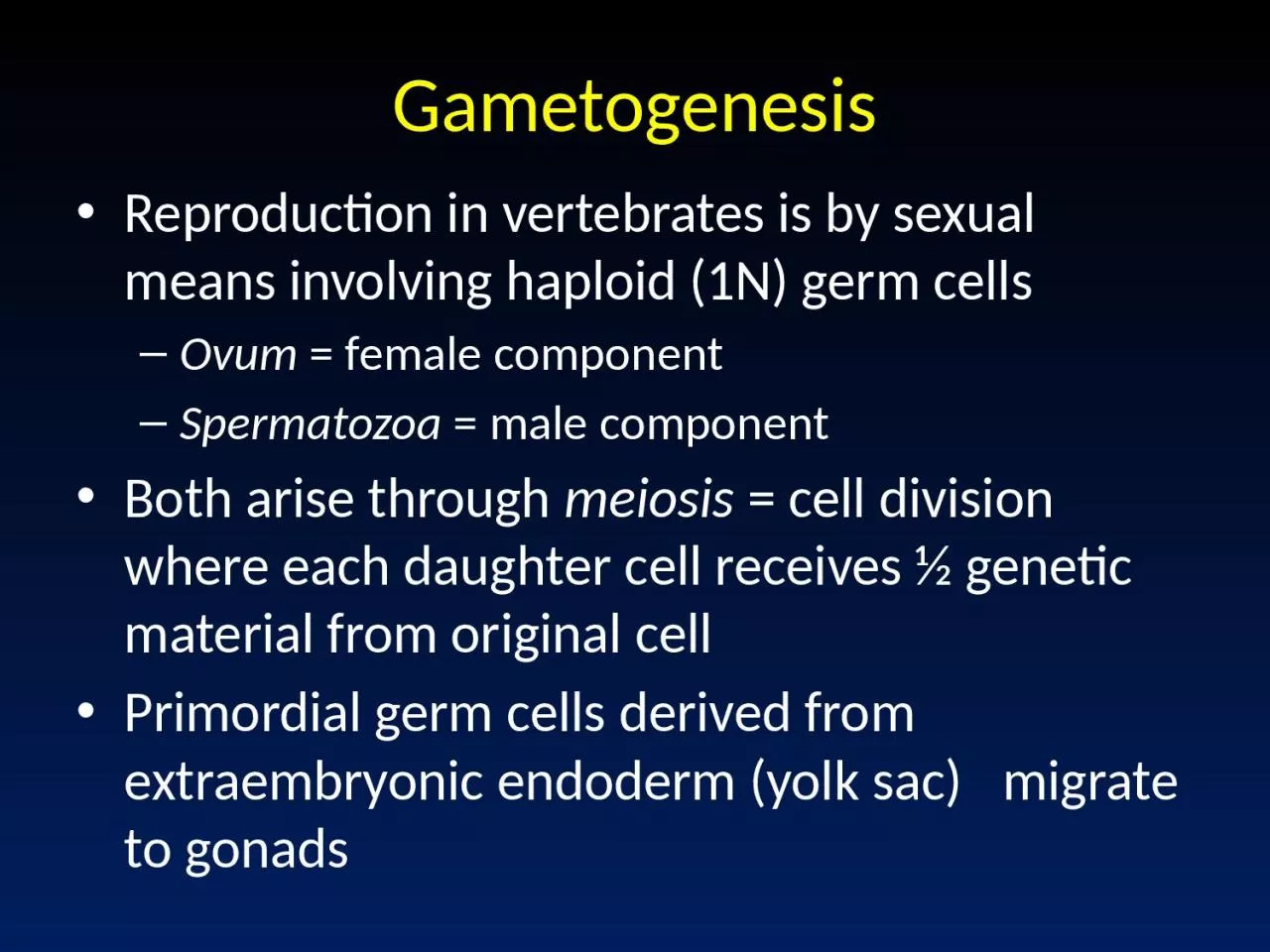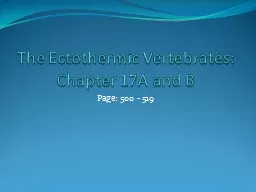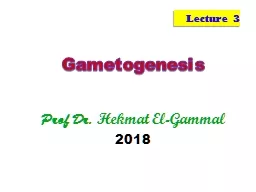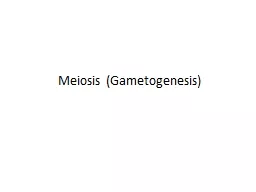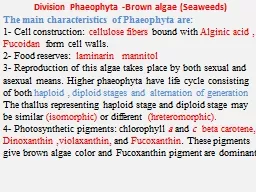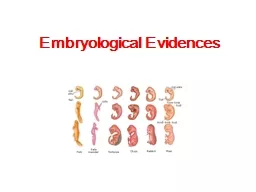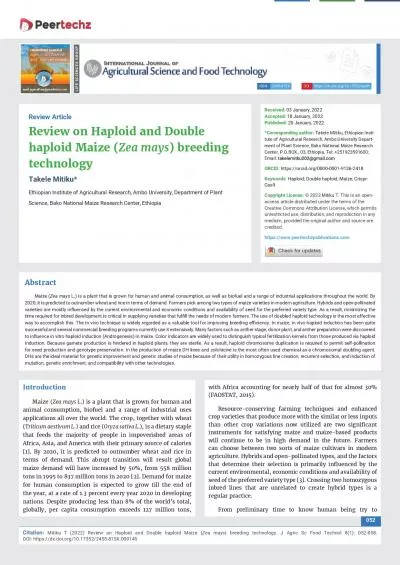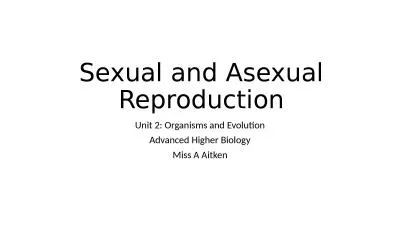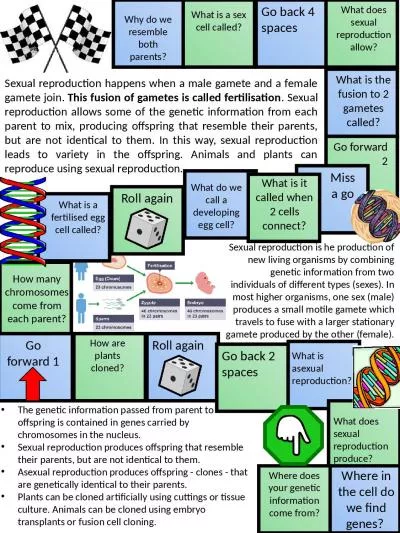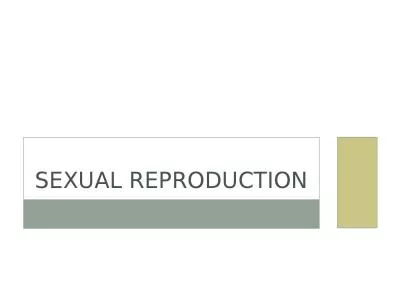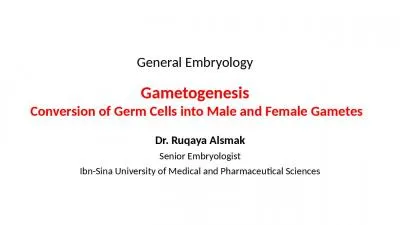PPT-Gametogenesis Reproduction in vertebrates is by sexual means involving haploid (1N) germ
Author : deena | Published Date : 2022-06-21
Ovum female component Spermatozoa male component Both arise through meiosis cell division where each daughter cell receives ½ genetic material from original
Presentation Embed Code
Download Presentation
Download Presentation The PPT/PDF document "Gametogenesis Reproduction in vertebrate..." is the property of its rightful owner. Permission is granted to download and print the materials on this website for personal, non-commercial use only, and to display it on your personal computer provided you do not modify the materials and that you retain all copyright notices contained in the materials. By downloading content from our website, you accept the terms of this agreement.
Gametogenesis Reproduction in vertebrates is by sexual means involving haploid (1N) germ: Transcript
Download Rules Of Document
"Gametogenesis Reproduction in vertebrates is by sexual means involving haploid (1N) germ"The content belongs to its owner. You may download and print it for personal use, without modification, and keep all copyright notices. By downloading, you agree to these terms.
Related Documents

